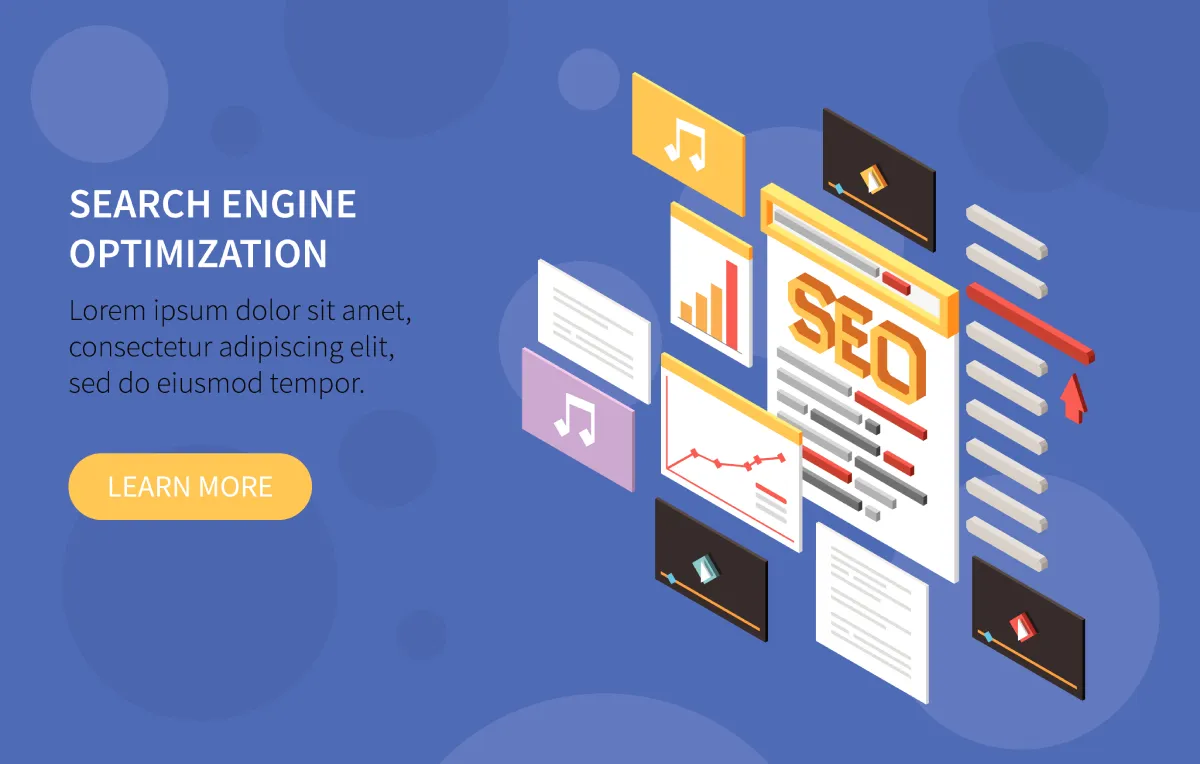SEO + UX: Why These 2 Combinations Matter
SEO and user experience are interconnected. Although there is no exact data on how much they impact each other, if done properly, they are a winning combination.
Both are factors of attracting visitors to the website and converting them into customers.
And this is even more important for local companies in Los Angeles, California. Competition is quite tough here. If local brands don’t provide value and clarity, they will lose customers.
Keep reading for more insights on how SEO and UX complement each other.
How much are SEO and UX interconnected?
SEO attracts visitors, but UX keeps them engaged, you might be aware of this.
But here’s the thing. If a page might rank well for certain keywords, but if the design frustrates users, they leave quickly.
In fact, well-designed user interfaces see a conversion rate of more than 200%. And 88% of online consumers are less likely to return to a page/site after a bad user experience.
Search engines, especially Google, notice these signals. High bounce rates, low dwell time and weak engagement often send a message that a site or a page is not meeting users’ needs. And that hurts rankings over time.
On the flip side, UX alone cannot drive conversions to a website either. A beautifully designed site with smooth navigation still needs organic visibility. Without optimization, potential customers will not be able to discover it. The real growth comes when SEO brings people in and UX convinces them to stay, explore and take action.
Why this matters for Los Angeles companies
Competition for getting found online is quite intense in Los Angeles. From ecommerce shops to professional services, many businesses compete for the same audiences.
First of all, it’s pretty hard to rank in this location.
Secondly, even if you rank, it’s not enough as visitors may leave without booking a service or buying a product. So combining SEO with UX is now the best way to achieve online growth in the long run.
Usually, a web design company in Los Angeles often gets feedback from their clients on getting more traffic. And yet, a better question is whether that traffic converts.
A company website that loads fast, guides users clearly, and reflects the brand identity helps maximize the value of every visitor.
Search intent and user paths
Good SEO starts with understanding what people truly search for. Some searches show intent to buy, others show intent to learn. So pay attention to these categories:
- Informational
- Navigational
- Commercial
- Transactional
A strong UX design maps those intents into logical paths. It should be done through SEO as well. But the conversion channel should be done properly as well. For example, an informational blog post can guide readers toward a product category page with subtle internal links. Someone searching “best running shoes for flat feet” wants guidance, not just a product listing. But once they get the information they need, they may go further to compare options.
The role of technical performance
Google looks at page experience signals. Today, it’s more Core Web Vitals that provides information on pages’ technical performance. It includes loading speed, mobile responsiveness, and visual stability.
In this case, if a page takes too long to load or shifts while scrolling, visitors feel frustrated. And search engines read this as a poor experience.
According to a survey made by Backlinko, close to 54% of sites had a good Largest Contentful Paint (LCP) score. 46% of sites had “poor” or “needs improvement” LCP ratings. So local online stores in Los Angeles usually get better rankings and higher conversion rates if they focus on technical optimization. That is why many companies get the help of SEO specialists who handle both SEO audits and UX testing.
Mobile-first experience
According to Consumer Affairs, 98% of Americans own a mobile phone and 76% of seniors own a smartphone. Since the Los Angeles population is overwhelmingly mobile-first. So having a mobile-first website to rank locally is even more important.
Google has been indexing mobile versions first starting October 2023, for all websites. This means that user experience on smaller screens determines SEO strategy results. Since then, poorly formatted pages, slow scripts, and oversized images harm rankings and user patience. For instance, a single broken button, an image, or a confusing input field in a social media post generator can cost many sales each day.
So how to integrate SEO and UX efforts
Company owners often treat SEO and UX as separate tasks. Quite often, a team handles rankings, another handles design.
But the best results come when both teams collaborate. In this case, content creators should team up with designers. Developers should build an SEO-friendly website and C-level management should track outcomes.
Let’s put a few example tips here. A landing page for “Los Angeles dental implants” should have:
- Structured headings
- Keyword-optimized content
- Quick-loading visuals
- Clear appointment booking features
If everything is done accordingly, SEO will drive users to the page and UX will convert them into a patient.
Main Takeaways
One major challenge lies in balancing aesthetics with optimization. Designers often prioritize visuals, while SEO specialists focus on keyword-optimized content.
So don’t treat SEO and UX as separate strategies. Traffic without engagement wastes opportunity. Align these efforts and you will build a stronger brand. Good luck!



Leave a Reply